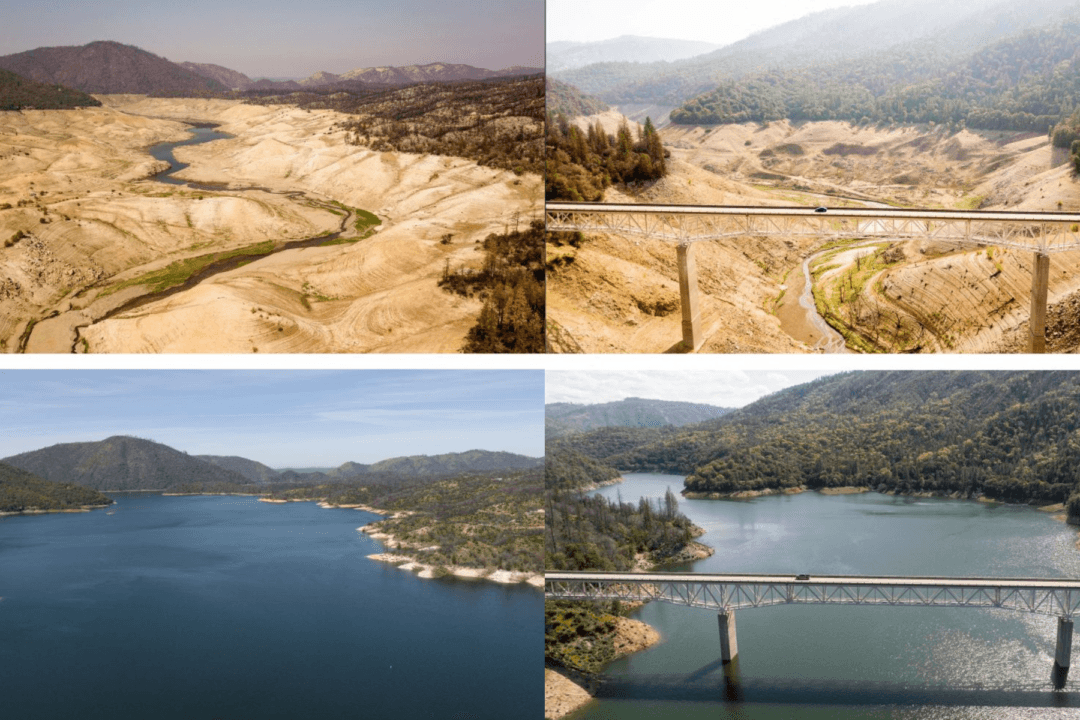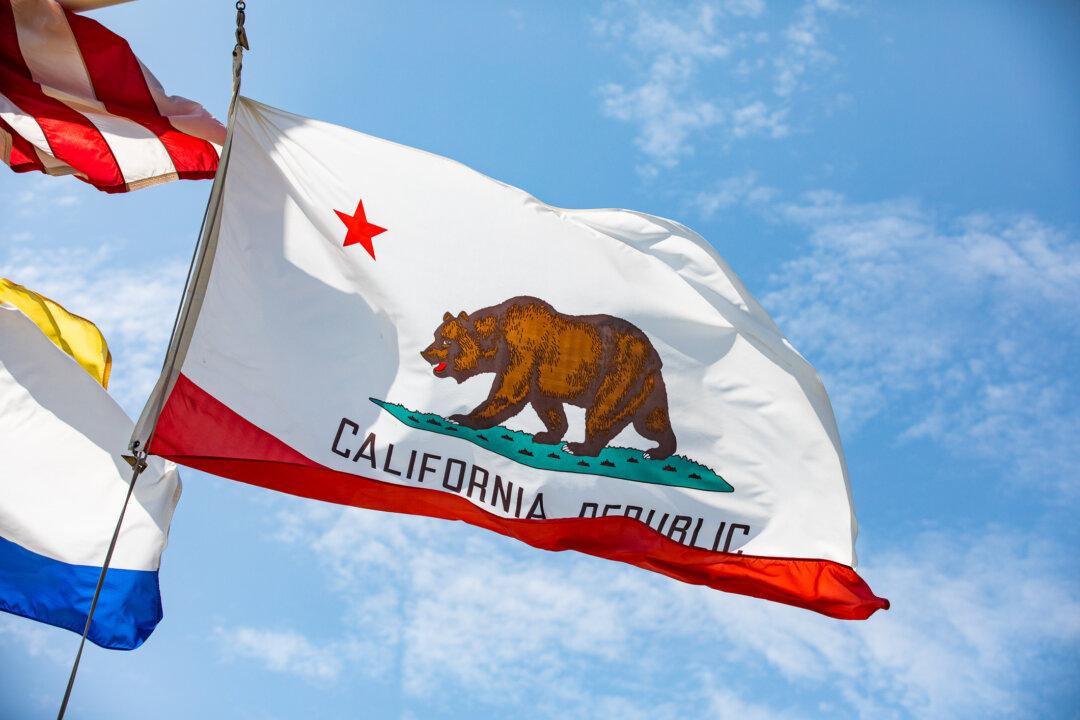The historic barrage of storms this winter offered some breathing room for California’s extreme dry conditions, with 95 percent of the state now reported to be out of drought, according to the newest drought monitor map, from the National Oceanic and Atmospheric Administration and Climate Prediction Center, released June 13.
The update showed that now only about 5 percent of the state is in “moderate drought” and 27 percent is considered “abnormally dry.” Last year, the state was almost in 100 percent moderate-to-exceptional drought.





